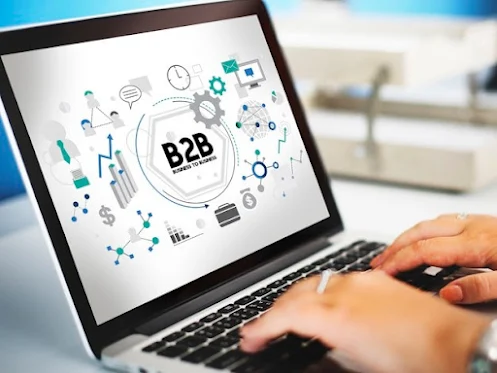Identify Your Needs and Objectives: Before you start evaluating B2B software options, identify your business needs and objectives. Determine which areas of your business could benefit from software solutions, such as sales, marketing, customer service, or operations.
Consider Your Budget: Establish a budget for your B2B software purchase. Consider not just the upfront costs but also any ongoing fees, such as subscription or maintenance fees. Look for software that offers the best value for your budget.
Evaluate Integration Capabilities: If you already use other software systems in your business, such as a customer relationship management (CRM) system or accounting software, ensure that the B2B software you choose integrates seamlessly with your existing systems.
Research Available Options: Research B2B software options that meet your needs. Look for software that has positive reviews, a good reputation in the industry, and a track record of success. Consider asking for recommendations from colleagues or industry experts.
Assess Scalability: Choose B2B software that can scale with your business as it grows. Ensure that the software can accommodate an increasing number of users, transactions, or data volume without compromising performance.
Consider User-Friendliness: The best B2B software is intuitive and easy to use. Look for software that has a user-friendly interface and provides adequate training and support to help your team get up to speed quickly.
Evaluate Security Features: Security is paramount when choosing B2B software. Look for software that offers robust security features, such as encryption, data backup, and access controls, to protect your sensitive information.
Check Customer Support: Choose B2B software that offers excellent customer support. Look for software vendors that provide timely responses to inquiries, comprehensive documentation, and ongoing support options.
Seek Feedback from Stakeholders: Before making a final decision, seek feedback from key stakeholders in your business, such as department heads or end-users. Their input can help you choose software that meets their needs and expectations.
Trial the Software: Whenever possible, take advantage of free trials or demos to test the B2B software before making a purchase. This allows you to evaluate its features, functionality, and compatibility with your business processes.
By following these steps, you can choose the right B2B software for your business that meets your needs, fits your budget, and helps you achieve your business objectives. Remember to continue evaluating and optimizing your software choices as your business evolves to ensure that you always have the best tools for success.

